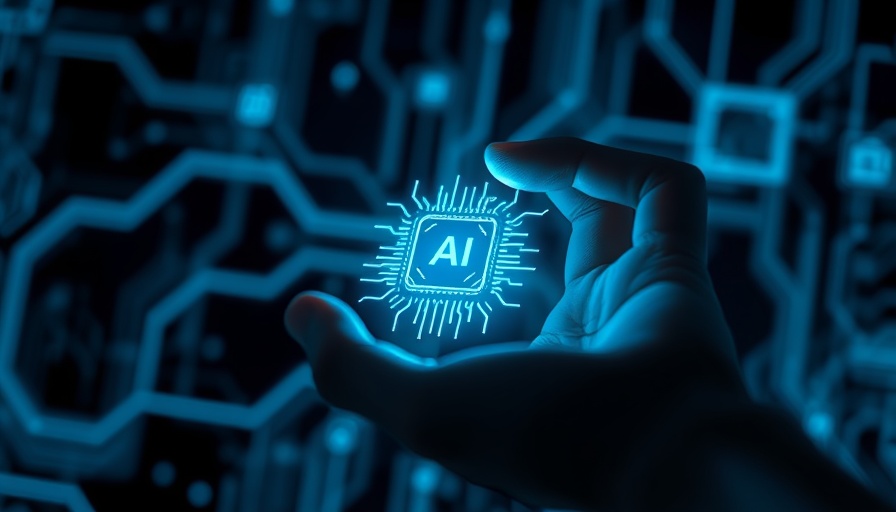
Amazon’s New AI Wearable: Friend or Foe?
As we navigate the digital age, technology continues to blur the line between convenience and privacy. Amazon’s latest venture into AI wearables with the acquisition of Bee AI raises important questions about how we interact with our devices and the implications for our personal lives.
The Buzz Around Bee AI
For those unfamiliar, Bee AI is a sleek wearable device designed to surround you with seamless AI connectivity. It features advanced microphones and built-in AI that listens continuously, transcribings conversations in real time to help users manage their daily tasks and make personalized recommendations. The premise is intriguing; imagine a device that keeps track of your chores, schedules, and reminders, relieving the burden of memory. But, it does come with a price - a subscription model that could lead to concerns about how data is handled.
Wearing Your Data
Like many, I wonder if putting such a device on my wrist is a sensible choice. As jokes circulate about products appearing online after discussing them, the stakes feel higher with a device that actively listens. Amazon, with its existing e-commerce empire, could harness these insights to push even more targeted ads in our direction, crossing into a realm of surveillance.
Privacy Versus Personalization
The dilemma here is significant. Privacy advocates have long warned about the need for vigilance when data is collected, especially from personal devices. Despite Amazon’s assurances of user control over data, how tangible will those protections be? The leap from a useful assistant to invasive surveillance is a formidable concern, and one that cannot be easily navigated.
Tech for Living: A Double-Edged Sword
On the one hand, AI that assists with daily tasks can bring substantial relief, offering personalized support in our fast-paced lives. However, what happens when that convenience demands a sacrifice of personal privacy? Considering the possibilities, it will be crucial for consumers to assess the value of convenience against the inherent risks of real-time monitoring.
Future of Wearable Technology
As wearable tech becomes more sophisticated, it is evident that adapting such devices in a way that prioritizes user consent and data integrity should be at the forefront of development. The potential for AI wearables to enhance our lives is immense, but the conversation must evolve surrounding how they are utilized and the information they curate.
The Road Ahead
Looking forward, the emergence of wearables like Bee AI might prompt a broader discussion on ethical AI use. Will users be empowered to confidently navigate their digital landscapes, or will anxiety about surveillance lead to a reticence towards emerging technologies? As we ponder these questions, it is essential to remain informed and proactive about the tools we choose to integrate into our lives.
 Add Row
Add Row  Add
Add 




Write A Comment